Bay of Islands Marine Ecology & Geology
Characterising the shallow, soft-seafloor biomes of northern New Zealand’s Bay of Islands
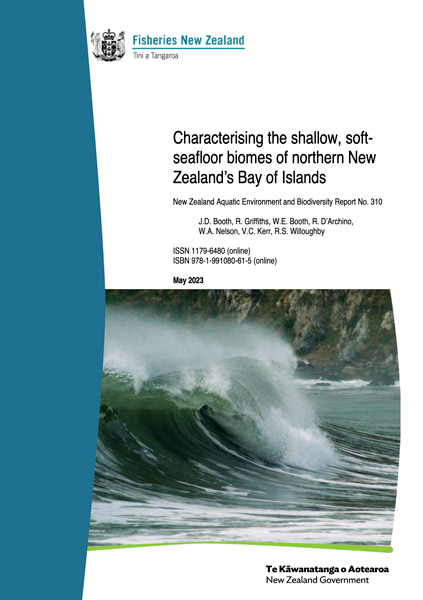
Reviewing recent (mainly post-1950) changes in nature and extent of shallow-water, soft-seafloor biological communities of New Zealand’s Bay of Islands: causes, consequences and persisting threats
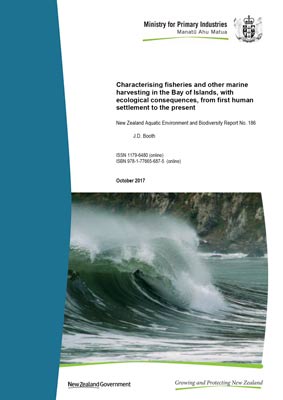 Recent publication highlights perilous ecological state of the marine waters of the Bay of Islands
Recent publication highlights perilous ecological state of the marine waters of the Bay of Islands
A report written by Fish Forever’s John Booth and recently published by the Ministry of Primary Industries underscores the appalling state of the shallow-reef kelp forests of the Bay of Islands.
Much of the shallow-reef kelp (down to about 5 m) of the main basin of the Bay has been overgrazed and is now kina barren.
‘Losses were apparent by the 1970s, and today Bay of Islands presents one of the most extreme and extensive areas of ‘sea-urchin barren’ in all the country. The loss of significant areas of shallow-reef kelp is likely to have led to a multitude of cascading consequences, most of them not yet recognised or understood.’
‘In northeast New Zealand, (mainly) commercial fishing had, by the mid-1980s, reduced the biomass of snapper (and probably other predatory finfish species), and rock lobsters, to less than one quarter of their unfished state. Consequently, freed from the pressure of their main predators, sea-urchin grazing burgeoned, resulting in loss of much of the shallow-reef kelp in places like the Bay of Islands. Ongoing intense recreational fishing pressure, together with the commercial effort, within and near the Bay of Islands means little or no recovery of the kelp is likely in the near future.’
Although a particular focus of this report is the state of the shallow-reef kelp of the Bay of Islands, harvest trajectories for fish and shellfish, and the loss of seabirds and marine mammals, from the time of first settlement around 1300 AD to the present, are also described. There were many early extinctions; various marine mammals and seabirds remain to this day on the cusp of extinction.
Characterising fisheries and other marine harvesting in the Bay of Islands, with ecological consequences, from first human settlement to the present
Recent publication highlights perilous ecological state  of the marine waters of the Bay of Islands
of the marine waters of the Bay of Islands
A report written by Fish Forever’s John Booth and recently published by the Ministry of Primary Industries underscores the appalling state of the shallow-reef kelp forests of the Bay of Islands.
Much of the shallow-reef kelp (down to about 5 m) of the main basin of the Bay has been overgrazed and is now kina barren.
‘Losses were apparent by the 1970s, and today Bay of Islands presents one of the most extreme and extensive areas of ‘sea-urchin barren’ in all the country. The loss of significant areas of shallow-reef kelp is likely to have led to a multitude of cascading consequences, most of them not yet recognised or understood.’
‘In northeast New Zealand, (mainly) commercial fishing had, by the mid-1980s, reduced the biomass of snapper (and probably other predatory finfish species), and rock lobsters, to less than one quarter of their unfished state. Consequently, freed from the pressure of their main predators, sea-urchin grazing burgeoned, resulting in loss of much of the shallow-reef kelp in places like the Bay of Islands. Ongoing intense recreational fishing pressure, together with the commercial effort, within and near the Bay of Islands means little or no recovery of the kelp is likely in the near future.’
Although a particular focus of this report is the state of the shallow-reef kelp of the Bay of Islands, harvest trajectories for fish and shellfish, and the loss of seabirds and marine mammals, from the time of first settlement around 1300 AD to the present, are also described. There were many early extinctions; various marine mammals and seabirds remain to this day on the cusp of extinction.
Subtidal soft-bottom biodiversity of the Bay of Islands and its vulnerability to the physical impacts of fishing
A report written by John Booth
Subtidal soft-bottom biodiversity of the Bay of Islands is appraised, with focus on areas/communities prone to physical damage from fishing. Some of these seafloor communities are of national (even international) significance, most risks from fishing deriving from commercial bottom trawling in waters >50 m depth and recreational scallop dredging in waters <20 m.
Reviewing the far-reaching ecological impacts of human-induced terrigenous sedimentation on shallow marine ecosystems in a northern-New Zealand embayment
A report written by Fish Forever’s John Booth and recently published by the New Zealand Journal of Marine and Freshwater Research
Human settlement in Bay of Islands, New Zealand, beginning ∼1300 AD, wrought immense, conspicuous and enduring change to local shallow-water marine ecologies, this review addressing those transformations attributable to increased rates of anthropogenically induced, land-derived sedimentation...
Urchin barren & algal zonation
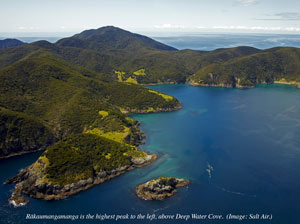
Fish Forever
by V.C. Kerr

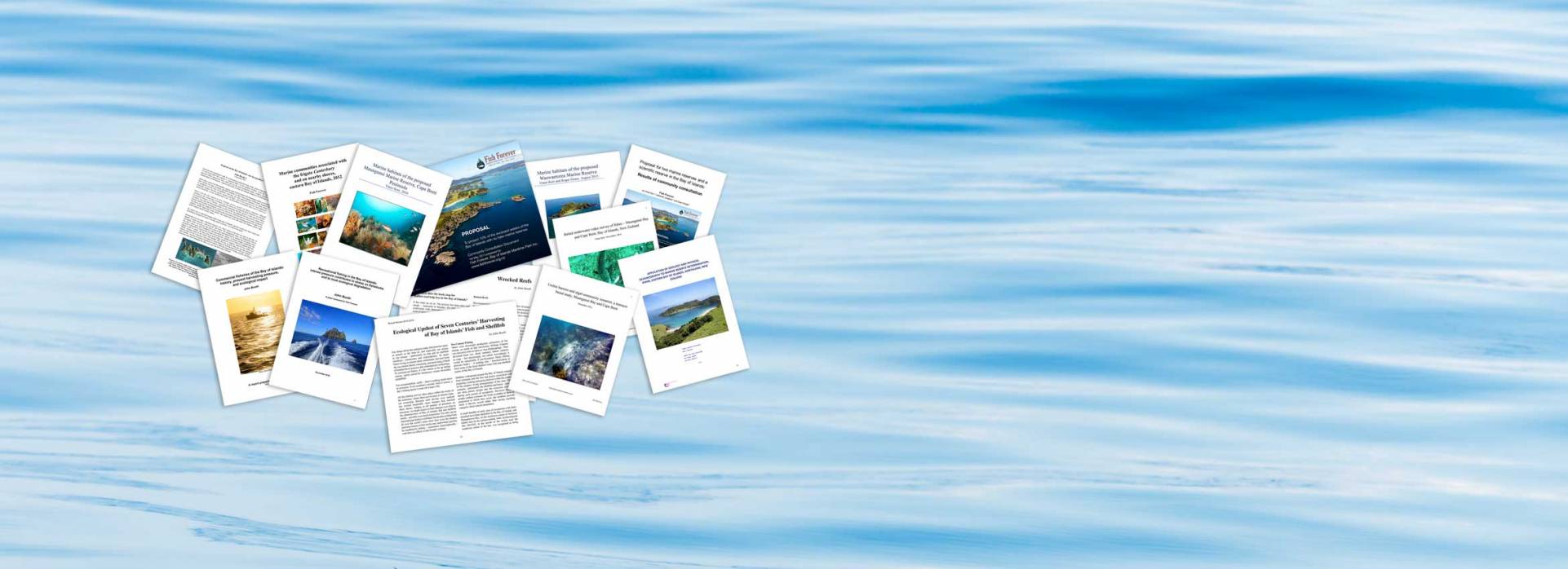

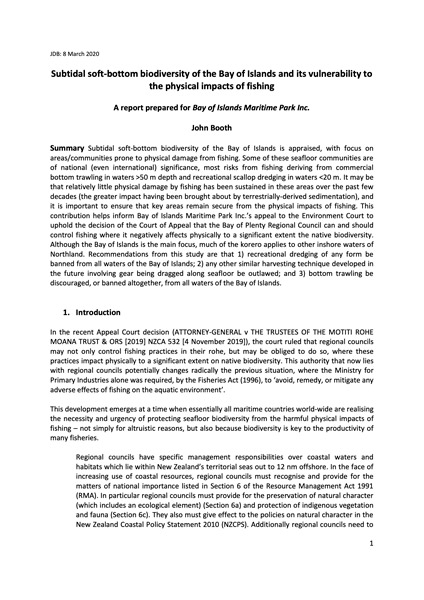
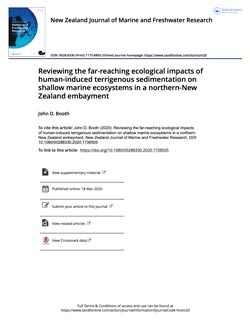
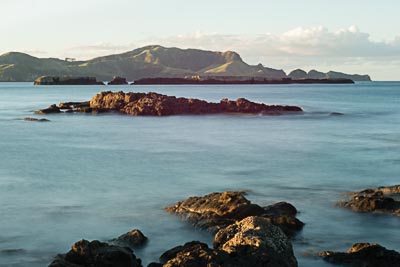
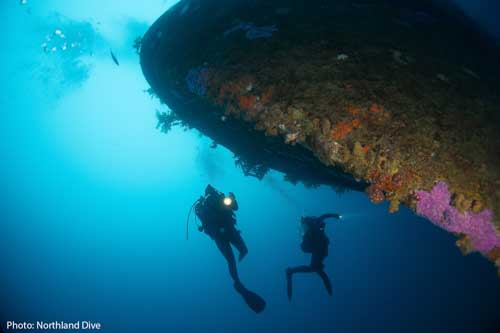
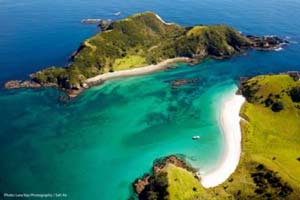
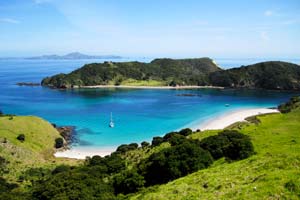
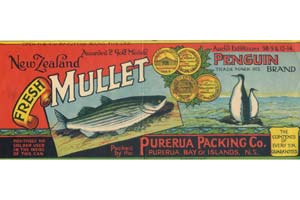
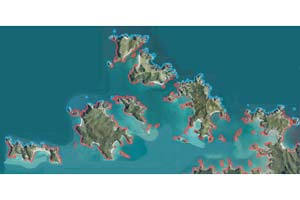
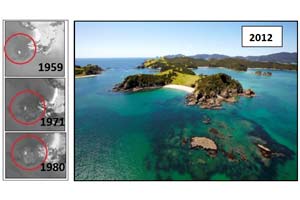
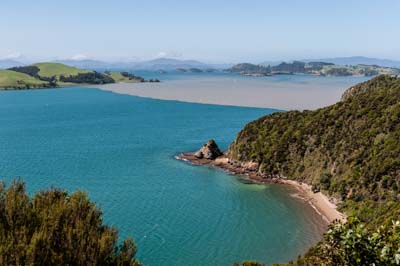
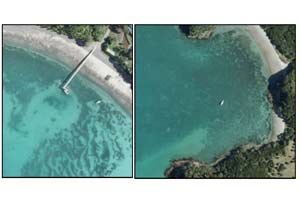
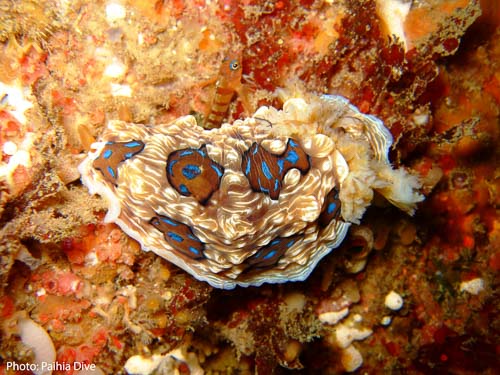 All of us with an interest and love of Tangaroa, let's work together and take on the challenge of marine protection for the Bay.
All of us with an interest and love of Tangaroa, let's work together and take on the challenge of marine protection for the Bay.